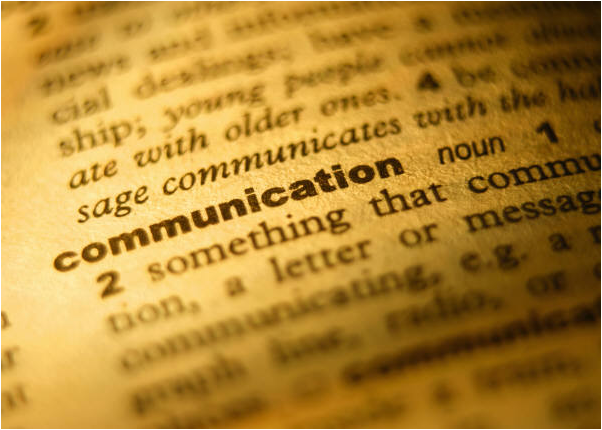We have all heard of the “horsemen of the apocalypse” and the overwhelming devastation that they bring!

I recently attended a keynote by Wes Gay, marketing guru and regular contributor to Forbes, in which he painted a fairly scary picture of how our marketing communication looks to the general public. He was suggesting that poor communication in marketing campaigns is equivalent to unleashing the “horsemen of the apocalypse” on our businesses!
To his point, one does not have to look too far to find some massively destructive communication campaigns. Things like:
- Kenneth Cole and their 2011 Twitter message (in the midst of the Arab spring movement); “Millions are in uproar in #Cairo. Rumor is they heard our new spring collection is now available online.” This message was retracted but there was damage done!
- The Coke fiasco around New Coke and Classic Coke back in the 1980’s. Did these new flavors mean that the old Coke was no good? This market communication fiasco was so monumental, we still talk about it today!
- How United Airlines responded by blaming the victim after social media showed smart phone video footage of a passenger being violently dragged off a flight. The public was stunned by United’s response and their stock price was impacted immediately.
- The Adidas’ tweet after the 2017 Boston Marathon “Congrats, you survived the Boston Marathon!” This was probably an innocent mistake and message was retracted quickly but not without brand damage.
- Dove airing a commercial that showed a black women turned white after using a Dove product. If you saw and understood the complete context of the advertisement it was probably fine. However, it was easily taken out of context and Dove was forced to pull the ad.
Wes Gay goes on to say there are four things that may seem innocuous at the time but can prove to be devasting to you and your organization. He calls these the 4 Horsemen of Marketing Communication
The 4 Horsemen of Marketing Communication
He defines the 4 Horsemen of Marketing Communication as:


